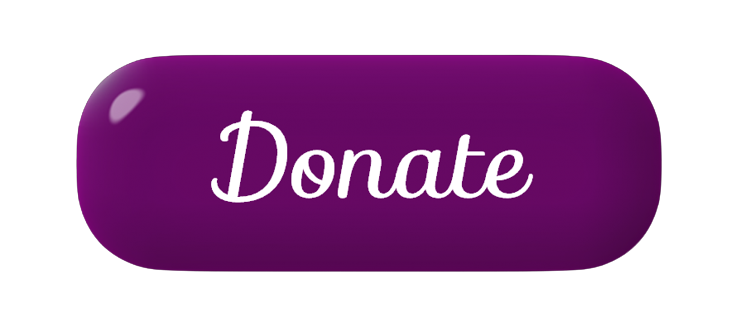Review of Floating Bones by Rae Diamond

Floating Bones
Rae Diamond
First Matter Press, 2023, 92 pages
$18.00
Reviewed by Yeva Johnson
Rae Diamond’s Floating Bones is a magnificent multisensory experience fitting for this hybrid book of poetry, art, and essays. I invite any reader to enjoy it as I did from the first touch to the last page. To hold Floating Bones in your hands is a sensual pleasure, the velveteen surface of the front and back covers will caress your fingertips as you admire the intriguing cover art graced by the rib cage and spine of a skeleton with scattered butterflies at the entrance of an open door to a cloud-filled sky, while the back cover sports a smattering of even more lepidopters. Open the book and see that Rae Diamond has offered a multiplicity of their gifts as both poet/writer and artist. The poem “forward” tells us the author wrote these poems “without a home,” “when everywhere was a door,” and invites us to “come / in / come / in / come / in.”
I recommend you read this book for the first time as I did, from cover to cover, allowing you to enjoy the beautiful drawings of bones of various animals, body parts, and other objects that could be found at the seashore or that might drop from the sky. Rae Diamond’s exquisite illustrations are sometimes exact anatomical depictions of the natural world and at other times fanciful renderings of imagination on paper, like teeth with wings or butterfly wings that protrude from a backbone. Some of the bones are in shapes that may not be familiar, so it was fun to guess which part, animal, or object it might be. Diamond includes an index of illustrations in the extensive endnotes which provide correct answers to all the guesses.
Read the book again and you’ll notice that some of the poems complement the illustrations by mimicking their form and some of the illustrations seem to adorn the poems and inspire their lyric imagery. There are double delights in simply reading the book through visually to enjoy the artwork and then reading it again by looking at the book’s pictures while appreciating the shapes of the poems as well as how many poems have some words printed in faint gray ink. These turn out to be delicate poems-within-poems which Rae Diamond labels bone poems, also graciously indexed in the endnotes. They also included short lines that are crossed out and upside down on pages which serve as solemn meditations on home and underpin our understanding of the poems, essays, and art throughout the book.
You are now ready to read Floating Bones again with a focus on all the words and their layered meanings and the new words that Rae Diamond invents that add textures and rhythms, such as in the poem “windstepping” where you’ll find the gorgeous “here among this shimmerrhythm of frogs singing / for eggs to fructify a chorus of confirmation.” In “Enchanted telephone” enjoy lines like “at dusk deft bats / might / careen / through / echoecho / locating insects” as they drape the page like a delicate lace. Notice in “we will echolocate this moment” how Rae Diamond flows from line to line, accelerating until landing at a satisfying “k”. Read the book again, this time aloud, to understand how the sonic energy of Diamond’s work complements their art in both poetic and drawn forms. Floating Bones is filled with Rae Diamond’s compound words and phrases like “sunscorch,” “dogwag in boat,” “twilighthush,” “spiritshatter,” and “windstir” in the poem “wing through walls.” In “your head is opening” the whole poem becomes a pleasure for mouth and tongue as you read aloud lines like “a buzzbunch of bees / bumble dances the dust out / from under your diaphragm.”
Toward the end of Floating Bones, Rae Diamond includes an essay entitled “dialogues of belonging: the complicated act of taking up space on a finite planet” and the endnotes provide additional information about Diamond and her family and the themes of having a home, being without a home, and feeling at home and link these ideas with broader social issues such as affordable housing, the climate crisis, and land stewardship. Rae Diamond’s writing is so evocative you feel that you are part of the scene in poems like “end of summer,” or you feel that you can almost touch a feather or an artistic fish skeleton, detailed and beautifully decorated all at once. Read Floating Bones to yourself, enjoy the ripples over your vision. Read Floating Bones aloud and enjoy the ripples over your ears and tongue. Read Rae Diamond’s Floating Bones many times and be prepared to “linger / in / mystery” long after you’ve closed the book’s pages with a deeper understanding of what it means to be unhoused.
Yeva Johnson, a Pushcart Prize-nominated poet and musician whose work appears in Bellingham Review, Essential Truths: The Bay Area in Color Anthology, Sinister Wisdom, Yemassee, and elsewhere, explores interlocking caste systems and possibilities for human co-existence in our biosphere. Her debut poetry chapbook, Analog Poet Blues, is available at Black Lawrence Press.
"Empowerment comes from ideas."
― Charlene Carruthers
"Your silence will not protect you."
— Tourmaline
"Gender is the poetry each of us makes out of the language we are taught."
— Leila Raven


